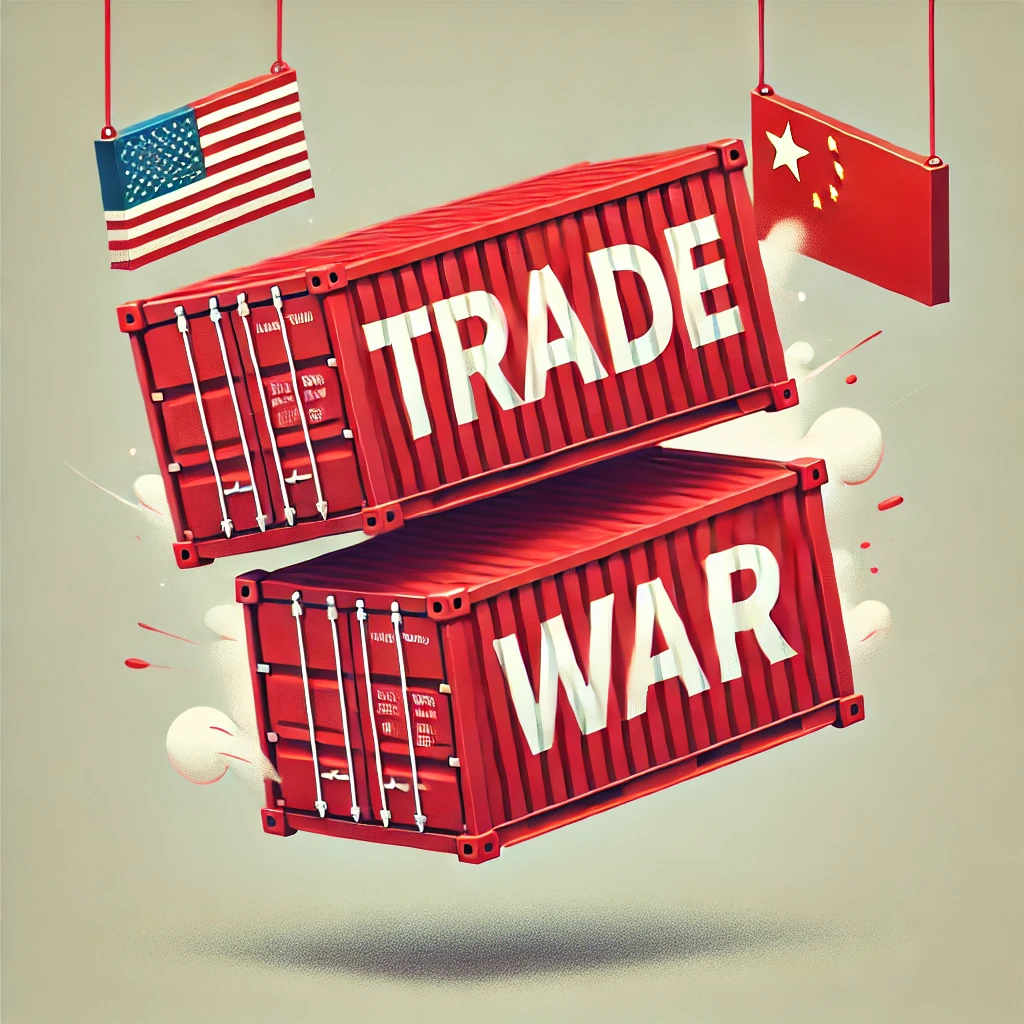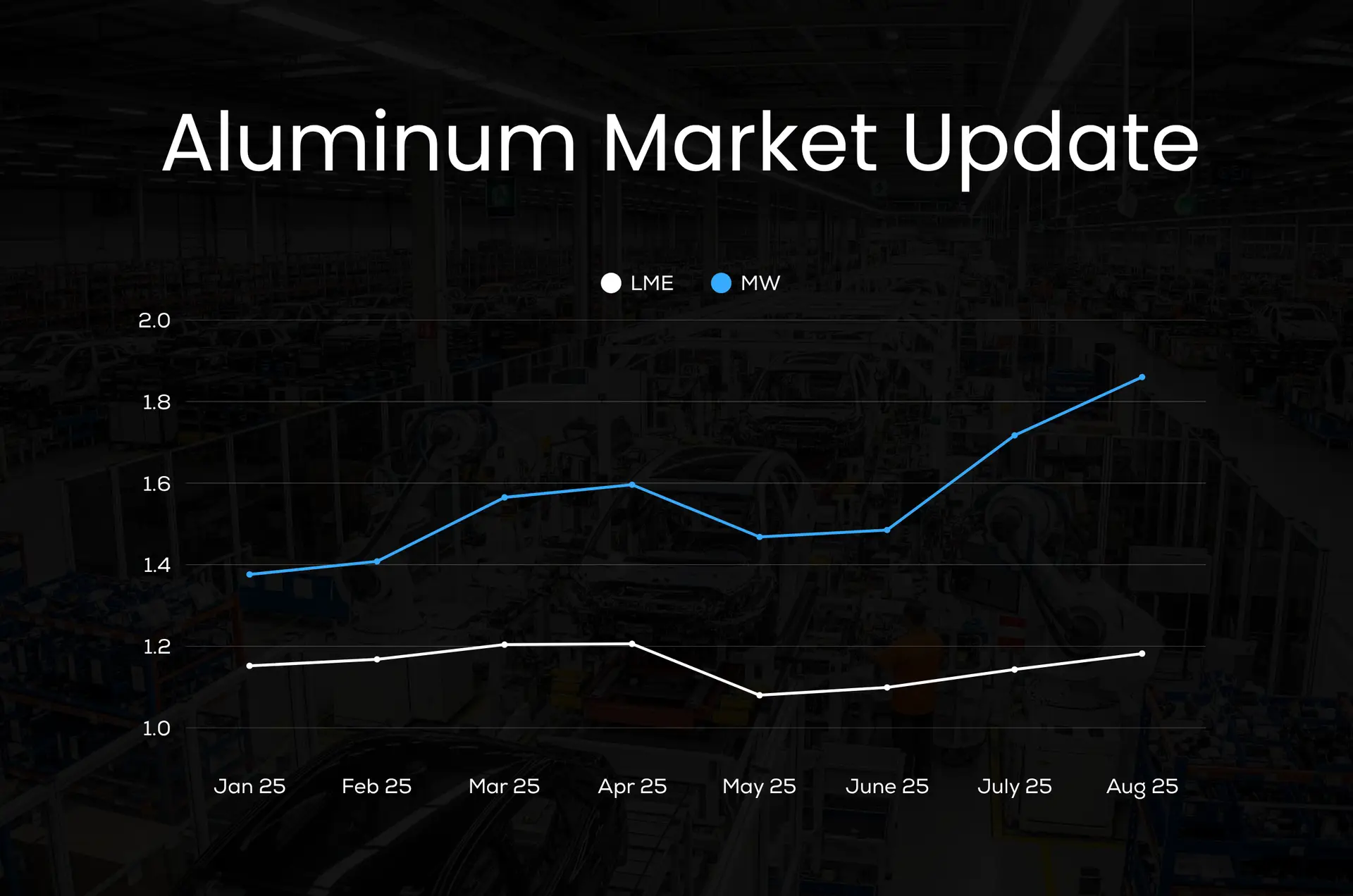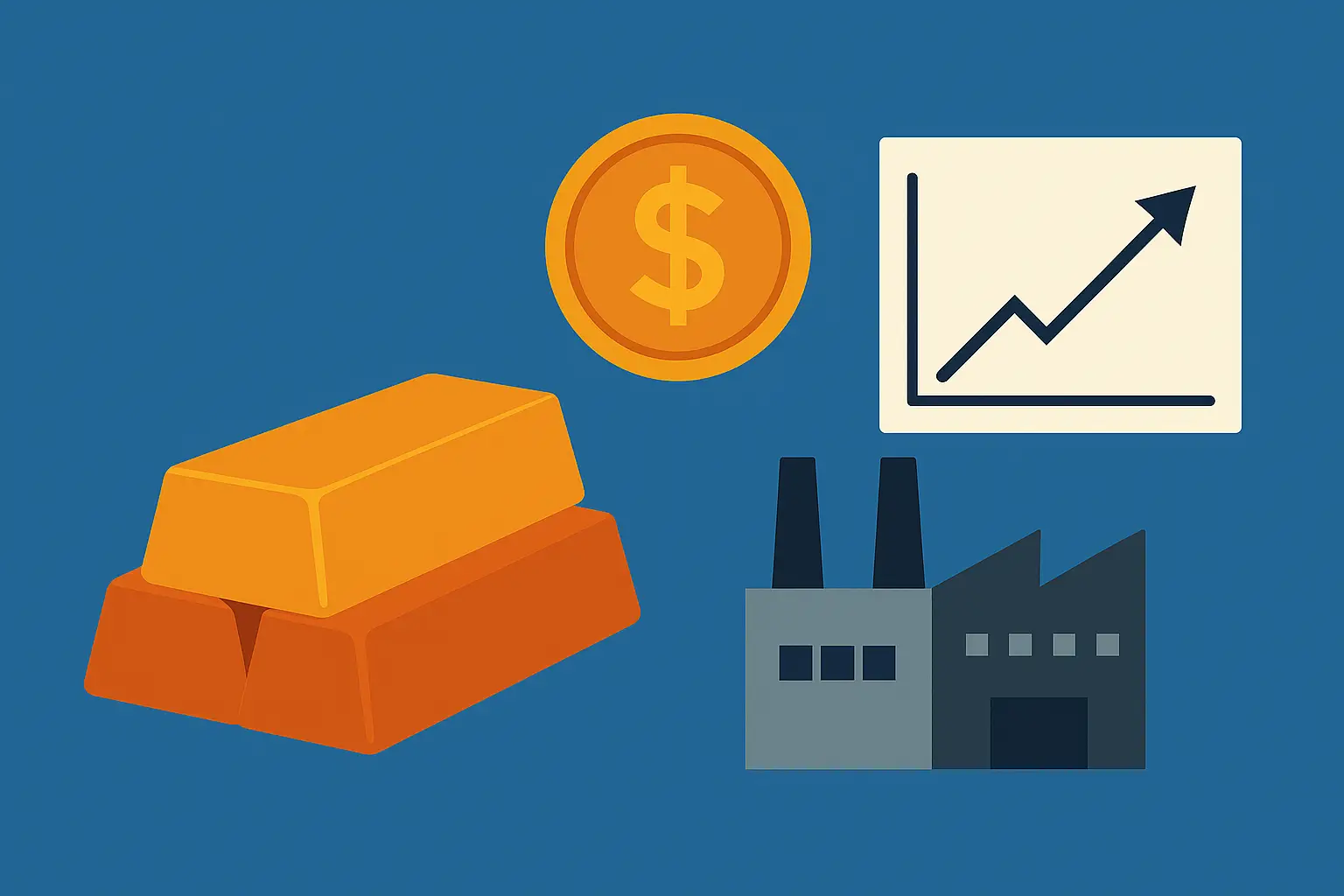A trade war is an economic conflict between countries characterized by the implementation of protectionist policies, particularly in the form of trade barriers. These barriers can take various forms, including tariffs, value added taxes, import quotas, domestic subsidies, currency devaluation, and embargoes. As one country imposes a trade barrier, the other typically retaliates with its own measures, leading to a cycle of escalating tensions.
Trade wars often arise when a government perceives that another country is engaging in unfair trading practices detrimental to its domestic markets. To protect domestic industries, a country may impose a tariff on key imports from other nations. The retaliatory actions can escalate into a full-blown trade war. While trade barriers may protect industries in the short term, they generally have negative long-term effects on the overall economy.
The effects of trade wars can be divided into short-term and long-term impacts. In the short term, trade barriers may successfully protect domestic businesses. However, retaliatory measures from the opposing countries often lead to adverse effects on other sectors, with some businesses thriving while others suffer.
Economists generally agree that, in the long term, trade wars can harm the economy by slowing GDP growth and reducing international competitiveness. The concept of comparative advantage suggests that when import costs rise, consumers ultimately bear the burden. Even if protected domestic industries face less competition, they often do not lower their costs, leading to inefficiencies that can stifle consumer demand and slow economic growth. Over time, this may result in fewer job opportunities overall.
Prolonged trade wars are generally viewed negatively due to higher costs and decreased consumption. Such policies can create market inefficiencies and reduce competitiveness. With less competition, industries may feel less pressure to innovate, leading to stagnation in production technologies.
Did you know – the USA exports approximately $1.5 Trillion of goods globally.
Prices for U.S. imports increased 0.3 percent in January, after rising 0.2 percent in December. U.S. export prices rose 1.3 percent in January following a 0.5-percent increase the previous month. Over the past year, import prices increased 1.9 percent and export prices rose 2.7 percent



